How to Engage Social Media Influencers?
Engaging the right social media influencer is about more than just sending a message or offering payment; it’s about building a genuine, mutually beneficial relationship. Whether you’re reaching out for the first time or nurturing long-term partnerships,the next essential step you will need to know is how to engage with them.
1. Identify the Right Influencers
Start by finding influencers whose content, tone, and audience align with your brand values and target customers. It’s not just about high follower counts, look at engagement rates, consistency, audience demographics, and the type of content they produce. Influencers should feel like a natural fit for your product or service.
For example, if you’re a sustainable fashion brand, seek out influencers who focus on eco-friendly living and conscious consumerism, rather than those who promote fast fashion trends.
2. Do Your Research
Before contacting any influencer, thoroughly review their content. Understand what they post, how they engage with their followers, the tone they use, and the brands they’ve worked with before. Determine if their audience is genuinely engaged and if they have a good reputation within your niche.
This research helps you personalize your outreach and ensures you’re not proposing a partnership that clashes with their values or previous brand deals.
3. Engage With Their Content First
Before reaching out, start interacting with the influencer’s content. Like a few posts, leave thoughtful comments, and share their content if it’s relevant. This helps you get noticed and demonstrates genuine interest in what they do.
Influencers are more likely to respond positively to brands that have already shown authentic support, rather than cold, impersonal pitches.
4. Craft a Personalized Outreach Message
Send a customized message that includes their name, references to their recent content, and a clear reason why you think a partnership would be valuable. Keep the tone friendly, brief, and professional.
For example:
“Hi Sarah, I’ve been following your weekend recipes and loved your recent post on plant-based snacks. At [Your Brand], we admire your creative approach and think our organic snack line would resonate well with your audience. We’d love to explore a potential collaboration with you.”
5. Offer Value Beyond Just Payment
While financial compensation is expected, many influencers also appreciate other benefits such as early access to products, special discounts for their audience, affiliate revenue opportunities, media exposure, and co-branded content. Highlight these added benefits in your proposal.
Providing multiple forms of value makes your offer more appealing and signals that you’re looking to build a meaningful relationship, not just a one-time ad.
6. Be Clear with Expectations
Once an influencer shows interest, provide a campaign brief with clearly outlined expectations. Include your campaign goals, deliverables (such as one post and two stories), content deadlines, preferred messaging or hashtags, product details, and any creative guidelines.
Clarity helps avoid misunderstandings and ensures that both parties are on the same page from the start, while still leaving room for the influencer’s creative input.
7. Negotiate Fairly and Professionally
Be transparent about your budget and willing to discuss pricing. Influencers have different rates based on their reach, engagement, production effort, and experience. Respect their worth and negotiate in a professional, honest manner.
A fair and respectful negotiation sets the tone for a collaborative, trust-based relationship.
8. Build a Relationship, Not Just a Transaction
After the post is published, stay in touch. Thank the influencer, share their content on your brand channels, and engage with their future posts. Consider inviting them to future campaigns, product launches, or events.
The goal is to develop a long-term relationship where the influencer feels like a true ambassador of your brand.
9. Track Results and Give Feedback
Measure the performance of the influencer’s content using metrics like impressions, clicks, engagement rates, traffic, and conversions. Use tools like Google Analytics, affiliate links, or platform insights to gather data.
Share your findings with the influencer. Let them know what worked well and explore opportunities to optimize future campaigns together.
10. Consider a Long-Term Partnership
If the influencer delivered strong results and the collaboration was smooth, think about turning the relationship into a long-term one. This could involve exclusive deals, recurring content, or brand ambassador programs.
Ongoing partnerships typically feel more authentic to followers, reinforce brand trust, and deliver better results over time.

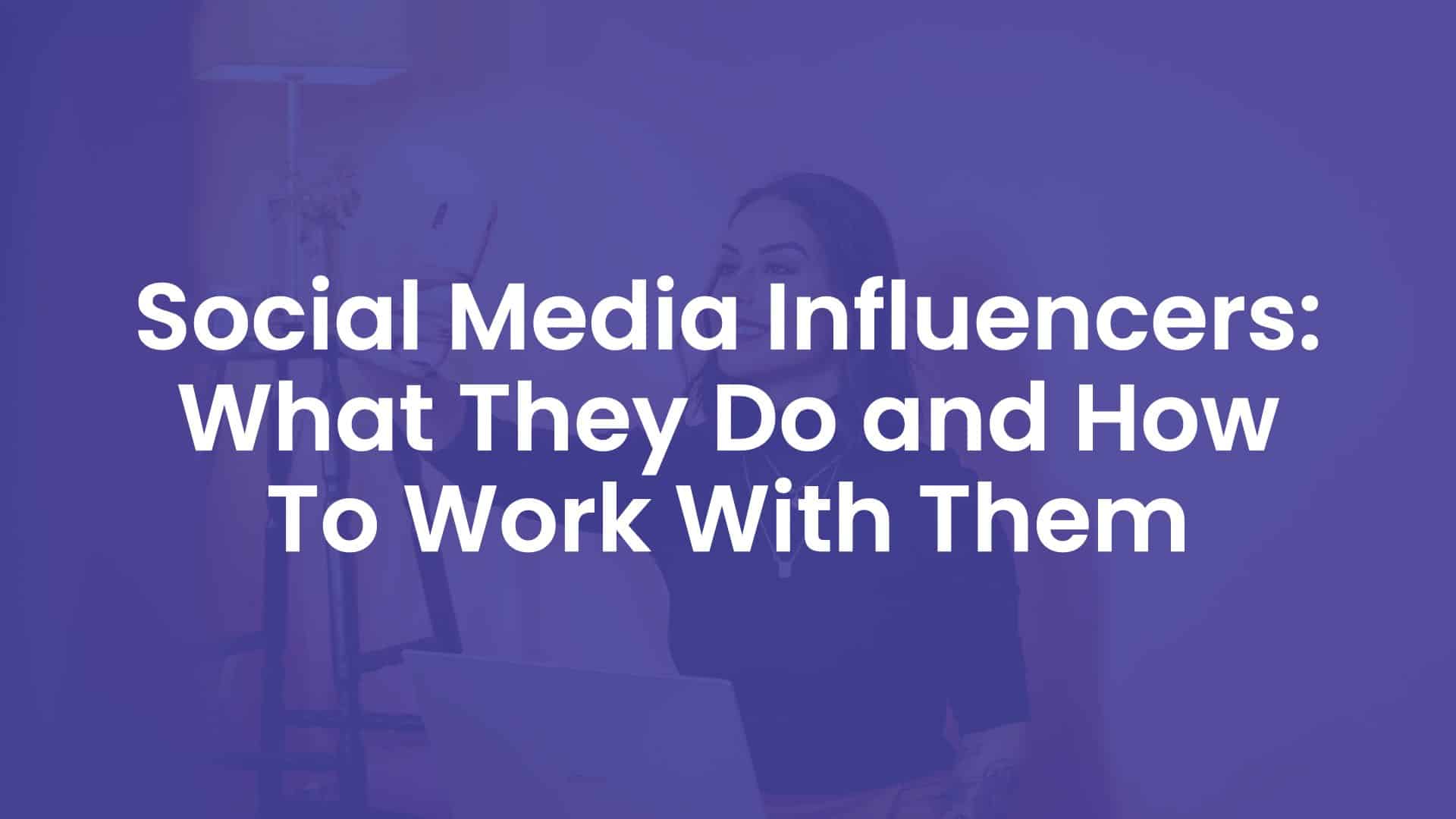


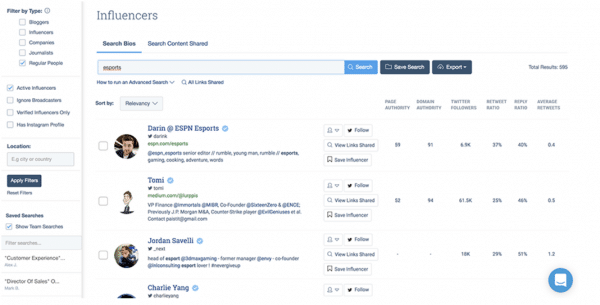
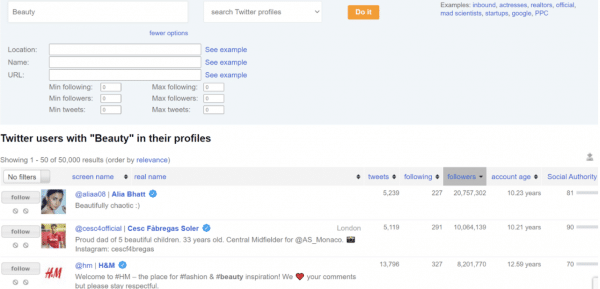
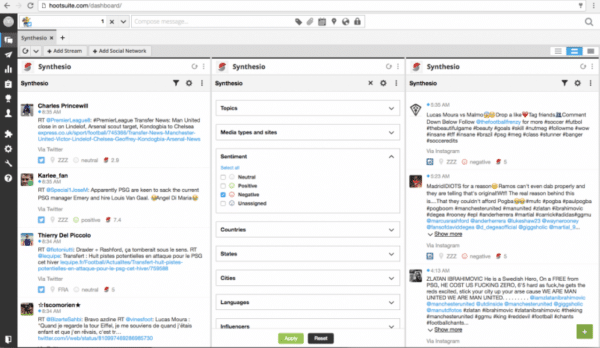
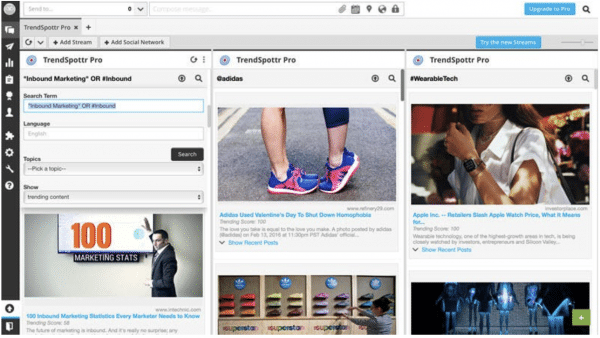
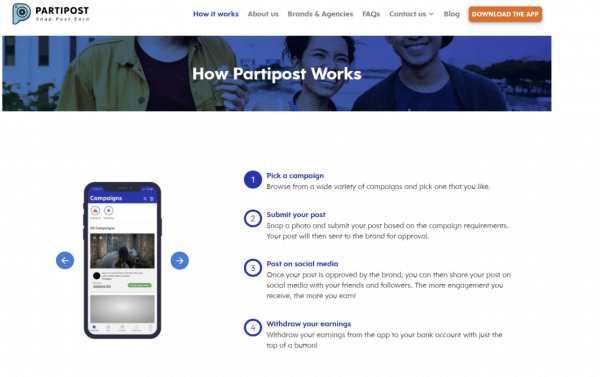










Reader Interactions